Do you remember Show and Tell events when you were in elementary school? More than likely you brought a special object to school and showed your classmates how it worked or what was unique about it. Maybe you explained a bit of history about your particular item or why it was important to you.
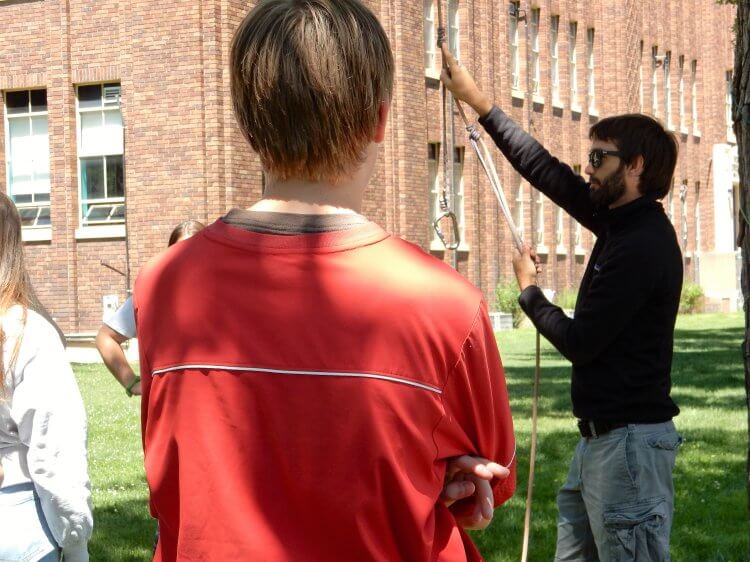
From an educational standpoint, the purpose of Show and Tell was to help children developed their public speaking skills. The concept of Show and Tell can be also be applied to teaching and coaching when using demonstrations during a lesson or practice. There has been a wealth of motor learning research over the years on the use and value of demonstrations (show) and verbal instructions (tell) to facilitate learning a new task (Magill and Anderson, 2017; Schmidt and Lee, 2014; SHAPE America 2014; Wulf, 2013). When embracing the Social Learning Theory framework, demonstrating a skill or task creates a mental image that students can identify with as they attempt to reproduce the movement or activity (Magill & Anderson, 2017). The concept, “a picture is worth a thousand words,” emphasizes the importance of demonstrating skill techniques and activities when teaching and coaching. Adding verbal instruction, along with a demonstration, further helps students assimilate the task being taught.
It has been my experience that teacher preparation candidates find it much easier to use verbal explanations than demonstrations during instruction. In fact, they are really good at telling. Students in teacher/coach preparation programs often have acquired a high level of content knowledge, especially in those sports or activities they have played. As such, they tend to explain everything they know when teaching a skill. The overload of information provided becomes too much for learners to effectively process and remember. Plus, excessive talking during the explanation takes up too much time within a lesson or practice and reduces the amount of time available for practice and play opportunities.
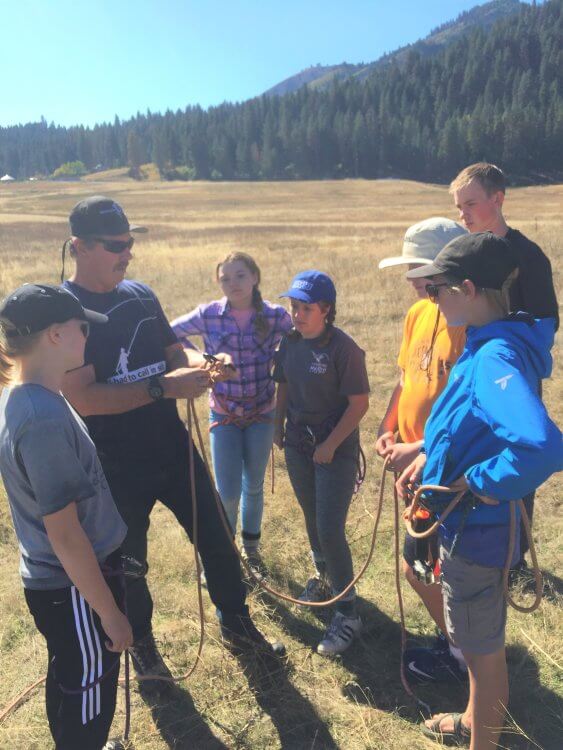
One of the ways to curb information overload is to keep the demonstration and explanation simple by focusing on one or two parts of a skill at a time (Magill and Anderson, 2017; SHAPE America, 2014). How do you determine what motion or skill elements are most important to teach as part of a demonstration? One method is to taper the amount of content by using a funnel approach (Shimon, 2020). When using the funnel format, the largest opening of the funnel contains a comprehensive list of all the components of a skill (skill elements) that are needed to perform the skill (e.g., bend the knees; spread feet apart; snap the wrist; push off the toes). In determining the skill elements, consider what students need to do when preparing to perform the skill, executing the skill, and finishing the skill movement. As the funnel narrows, the inclusive list found at the top of the funnel is condensed by selecting five or six most important skill elements. Sometimes several separate skill elements can be combined into one motion. For example, when a teacher or coach says, “start in an athletic stance, students know to bend their knees, spread their feet shoulder-width apart, and get their hands out in front of their body. By using the cue “start in an athletic stance,” the number of separate skill elements to demonstrate and explain has been reduced to one element. At the narrowest part of the funnel, only one or two of the most critical skill elements are selected from the condensed list. These allotted skill elements become the focal point during the initial demonstration, which will help cut down the amount of information delivered at one time. Keep in mind, narrowing the list of important skill parts will vary, depending on the skill levels of students.
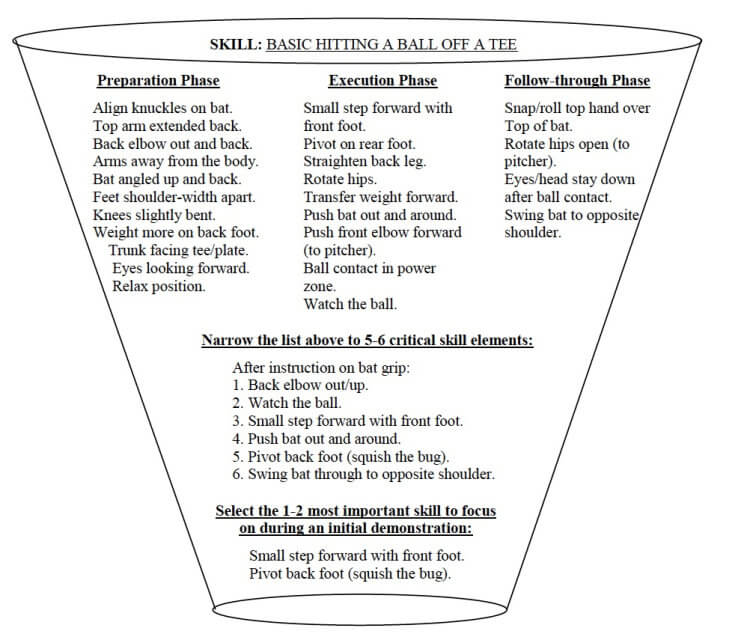
As seen in Figure 1, a comprehensive list of skill elements for hitting a ball off a tee has been determined by a teacher. That’s a lot of information to explain and demonstrate, so the teacher narrowed the list to include six most important skill elements her students need to know. Finally, the teacher selected two skill elements from the refined list of six to focus on first while demonstrating the entire swing: (a) the short step forward with the front foot, and (b) the back foot pivot (squish the bug) during the swing. Other skill elements from the teacher’s condensed list will be demonstrated and explained later as students practice and refine their swing technique.
As a skill is being demonstrated, it is important to draw students’ attention to one or two skill parts to observe. This technique is referred to as attentional focus (Wulf, 2013) and helps diminish other less relevant aspects of the skill student may observe during a demonstration. The use of a video model can also be an effective way to demonstrate a skill (Lhuisset & Margenes, 2015). Depending on the video, a teacher or coach may need to apply the concept of attentional focus by pointing out one or two focus skill areas for students to watch. Using a video model allows the instructor to also slow the speed of the movement and replay certain parts of the skill several times in a row.
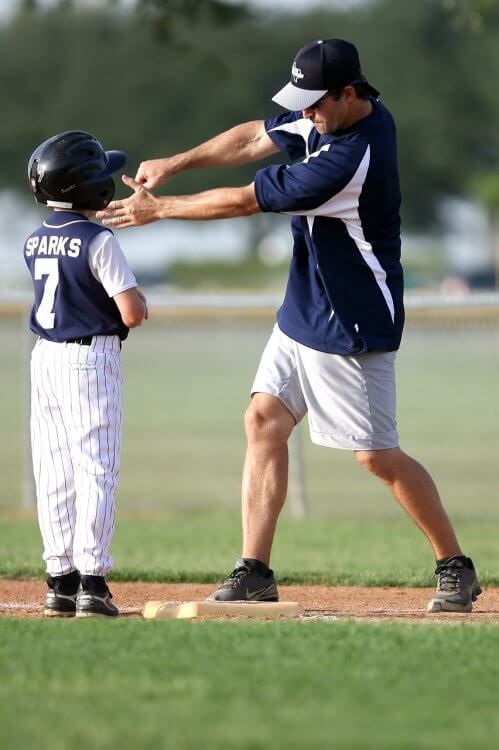
When demonstrating a movement or skill, using teaching cues is a meaningful way to clarify a motion or action of the movement. Teaching cues are often simple words or familiar phrases students can remember, and teachers can refer to those cues when providing feedback as students practice (Fronske and Health, 2015). For example, reach into the cookie jar is a common cue used when describing the follow-through motion of a set shot in basketball. Squish the bug was a teaching cue found in Figure 1 to represent the back-foot pivot when hitting a ball off a tee.
Allowing ample opportunities for skill repetition and practice compliments the value of the demonstration. Consistent feedback, using attentional focus cues, reinforces the demonstration. Teaching cues can be enhanced by considering internal or external attentional focus cues (Wulf, 2013). Internal focus cues encompass the way the body moves. For example, a teacher may say, “extend your arm” to encourage a student to get more height when executing a set shot. On the other hand, external cues focus attention on an object or the environment as part of the motion. Reach for the rim is an external focus cue a teacher may use instead of the internal cue, extend your arm. Usually using cues with an external focus will help students better their performance, for their attention will be on performing the overall movement, versus concentrating on a single body part (Magill and Anderson, 2017; Wulf, 2013). It may be helpful to use both internal and external focus cues to see what works best with the students you teach or coach.
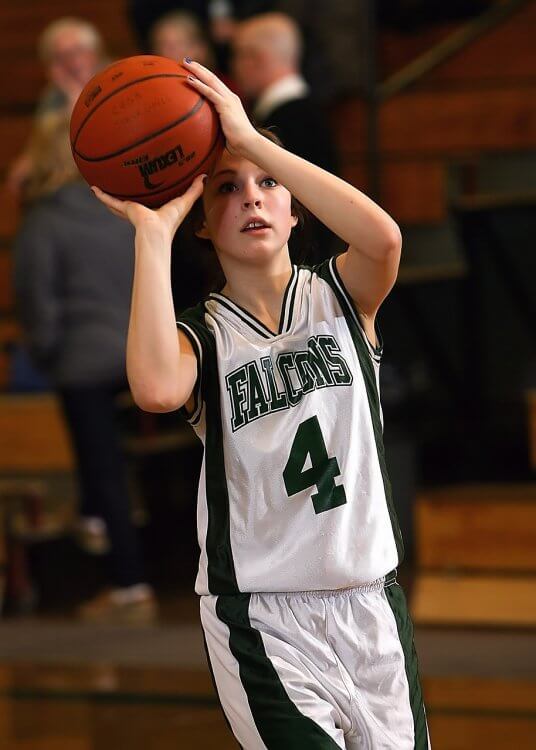
Demonstrations are not only effective when demonstrating a skill; they can be equally useful when incorporating drills and activities into a lesson or practice. Teachers and coaches often assume that students understand how to execute various drills and games, so they only explain how to do the task. When, in fact, many students may not understand the explanation. It is helpful and efficient to use student volunteers when demonstrating and explaining a task, whether the task is with a partner or in small groups. The rest of the group is able to watch and listen how the task is performed, thus minimizing confusion when students are sent off to practice. If the demonstration is not performed correctly, don’t fret. Students also learn when they hear the teacher or coach make corrections and observe improvements being made by the group during the demonstration (Hebert, 2018; Magill and Anderson, 2017).
Finally, how do you know if your show and tell was effective? In other words, are you confident students know what to do? Before students practice a skill or task, implement a quick check-for-understanding strategy. One way to check for understanding is to have students show you the motion you are asking them to perform during or immediately after a demonstration. For example, you could have students show you their forehand volleyball grip or the shooting motion of a set shot before they practice the skill. Another simple check-for-understanding strategy is to ask a specific question for students to answer. Focused questions could pertain to certain movement cues students are asked to practice, the number of repetitions to perform, or the movements of group members during a drill as examples.
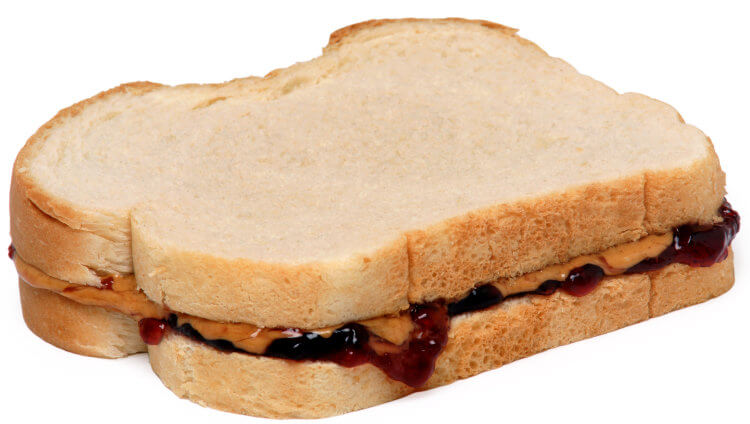
Overall, the concept of show and tell go together like peas in a pod or peanut butter and jelly! Using one without the other is not as effective as when using both together. When you tell it, also show it; focus on one or two specific skill elements at a time; use teaching cues to help clarify a movement; and, remember to check for understanding. The use of effective demonstrations during a lesson or practice session is an invaluable instructional tool for teachers and coaches.
This article was originally published on March 10, 2020.
References
Herbert, E. (2018). The effects of observing a learning model (or two) on motor skill acquisition. Journal of Motor Learning and Development, 6: 4-17
Lhuuisset, L. and Margnes, E. (2015). The influence of live – vs. video-model presentation on the early acquisition of a new complex coordination. Physical Education and Sport Pedagogy, 20(5): 490-502.
Magill, R.A. and Anderson, D. (2017). Motor learning and control—Concepts and applications, 10th ed. New York: McGraw-Hill.
Schmidt, R.A. and Lee, T.D. (2014). Motor learning and performance – From principles to application, 5th ed. Champaign, IL: Human Kinetics.
SHAPE America. (2014). National standards & grade-level outcomes for k-12 physical education. Society of Health and Physical Educators. Champaign IL: Human Kinetics.
Shimon, J. (2020). Introduction to teaching physical education: Principles and strategies, 2nd ed. Champaign, IL: Human Kinetics.Wulf, G. (2013). Attentional focus and motor learning: A review of 15 years. International Review of Sports and Exercise Physiology, 6(1): 77-104.
